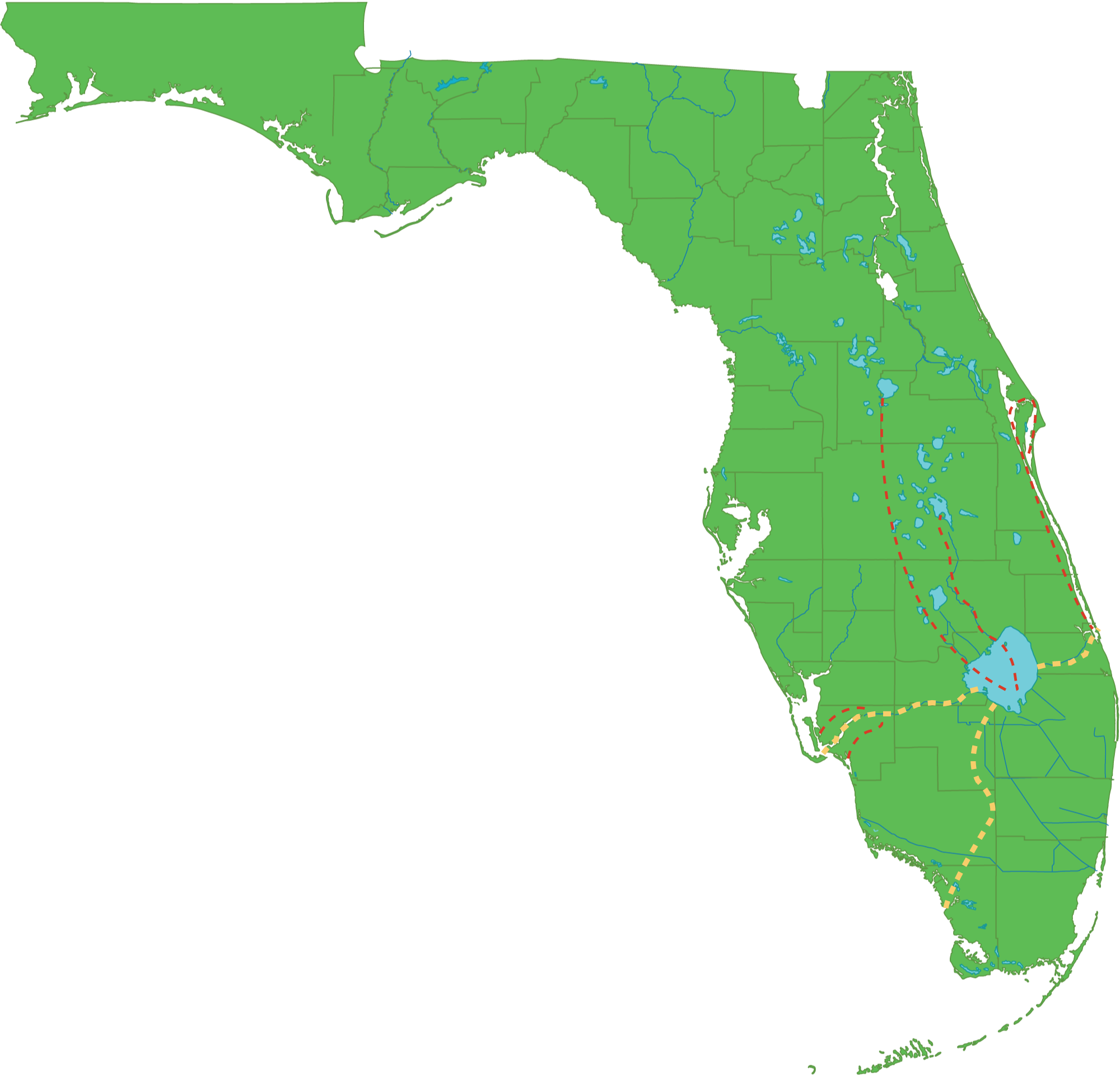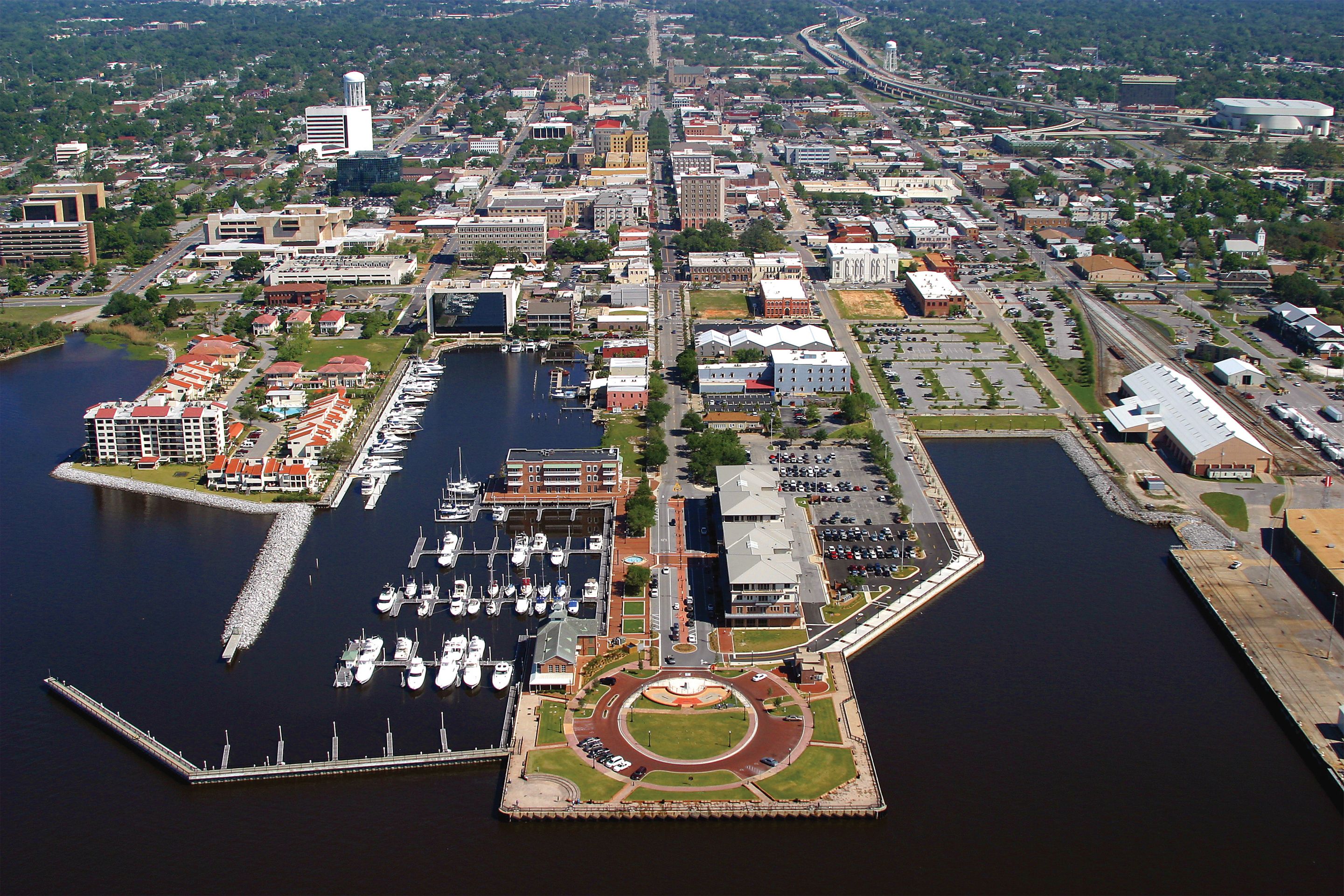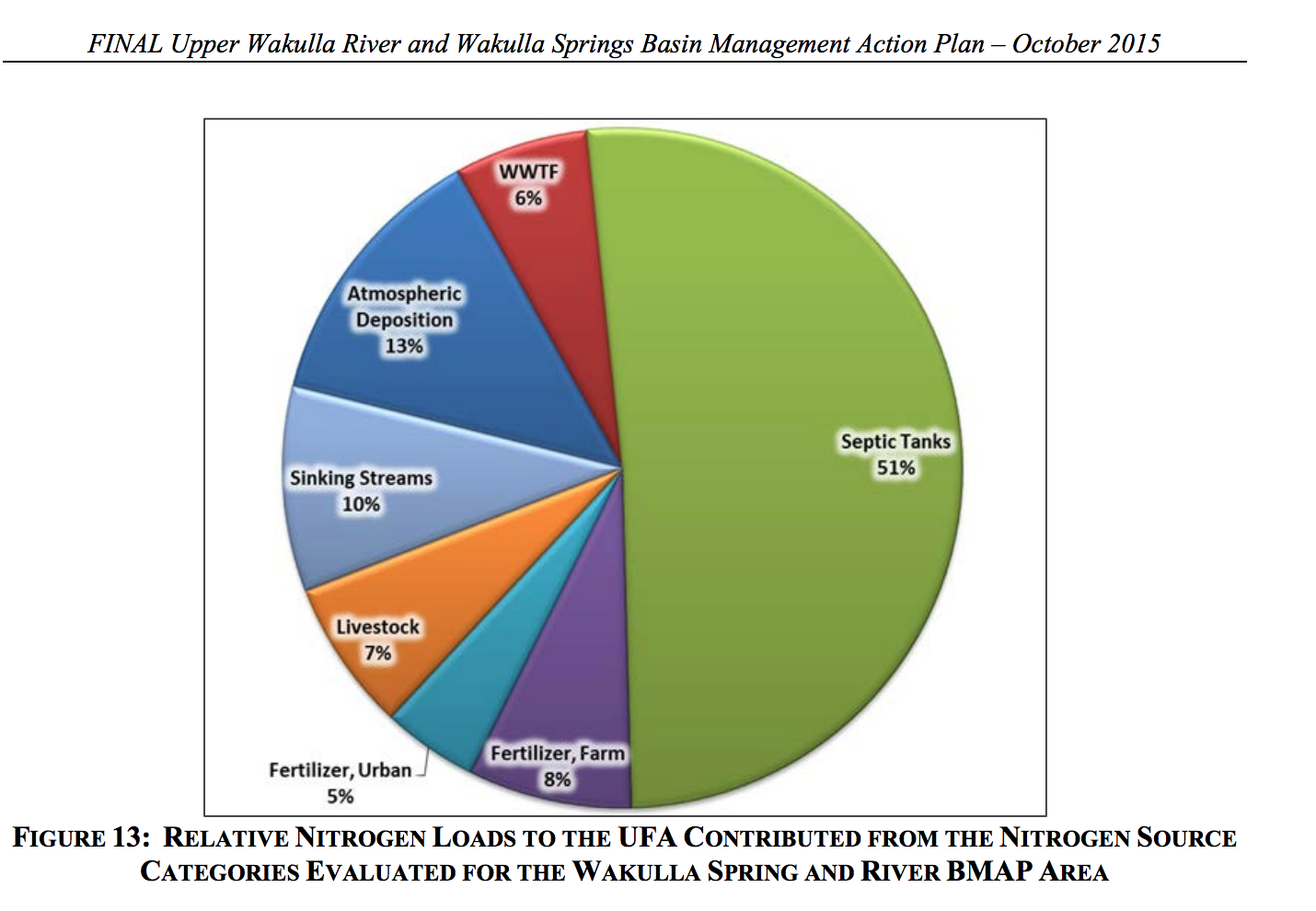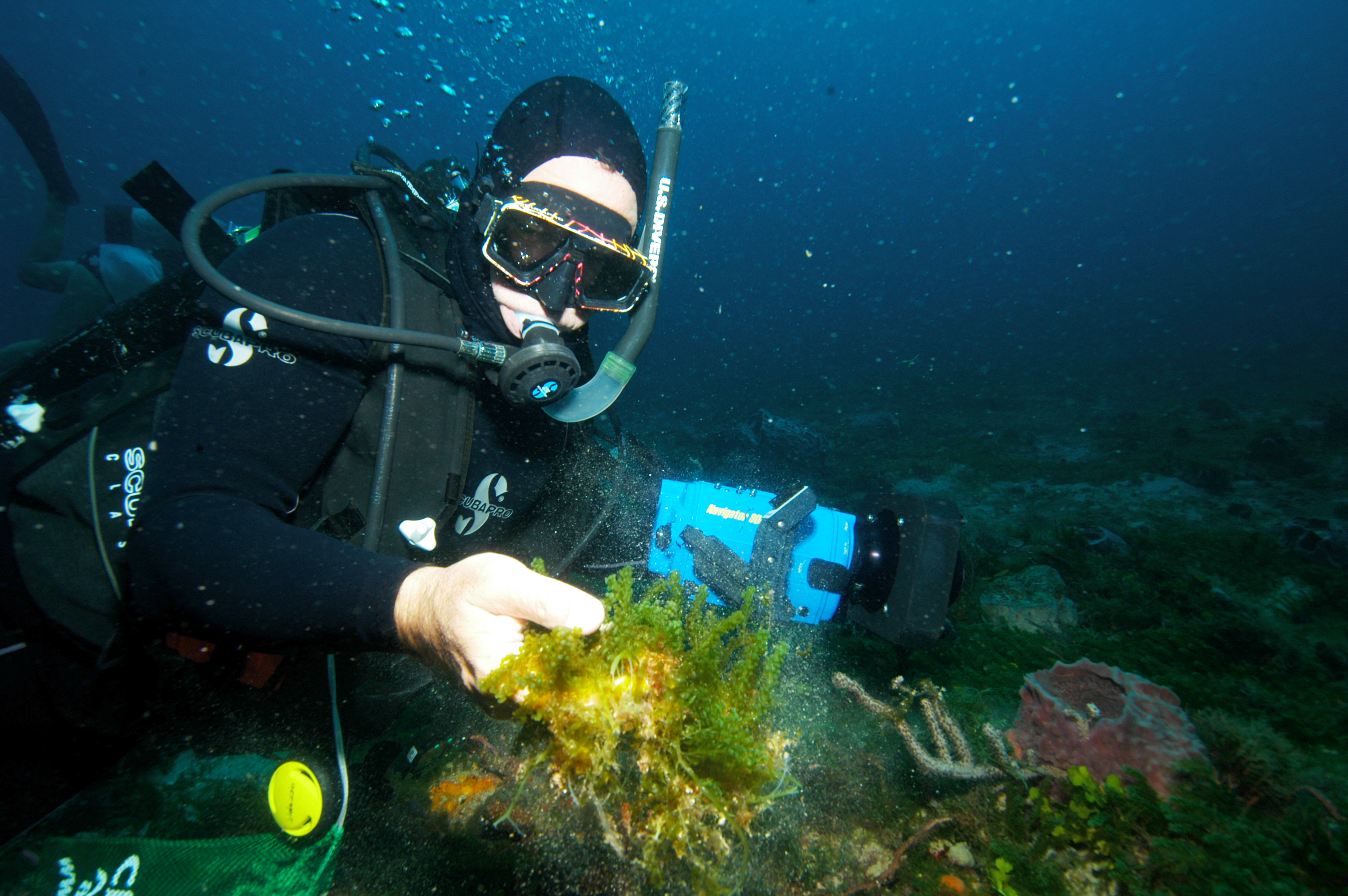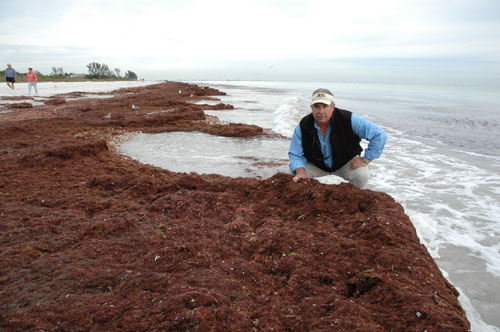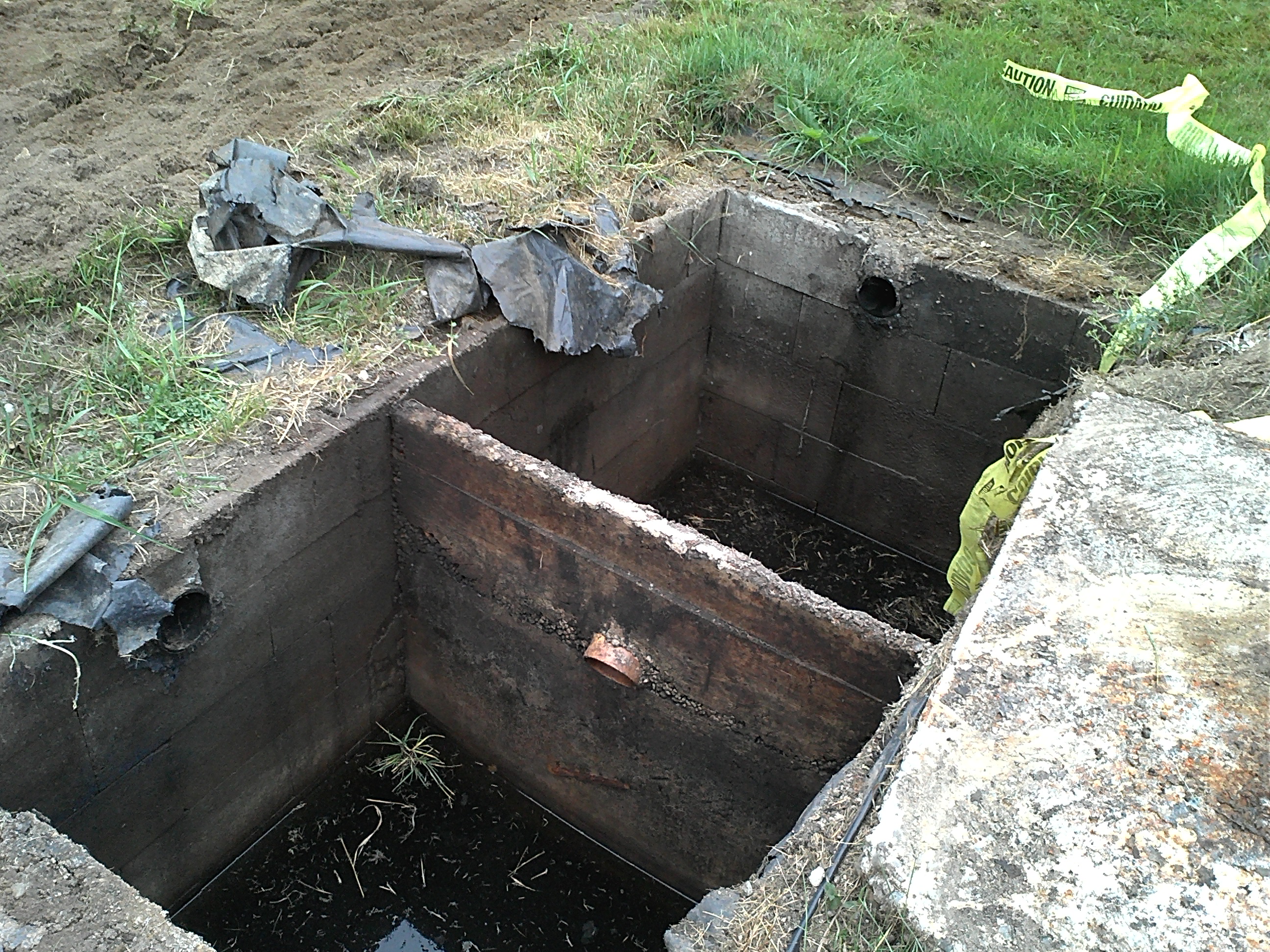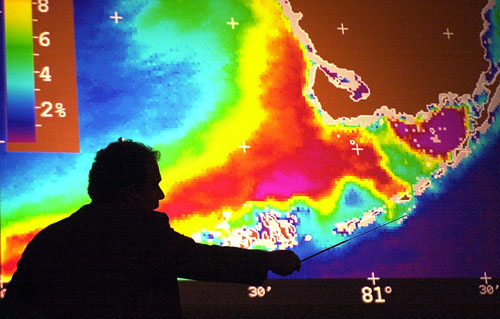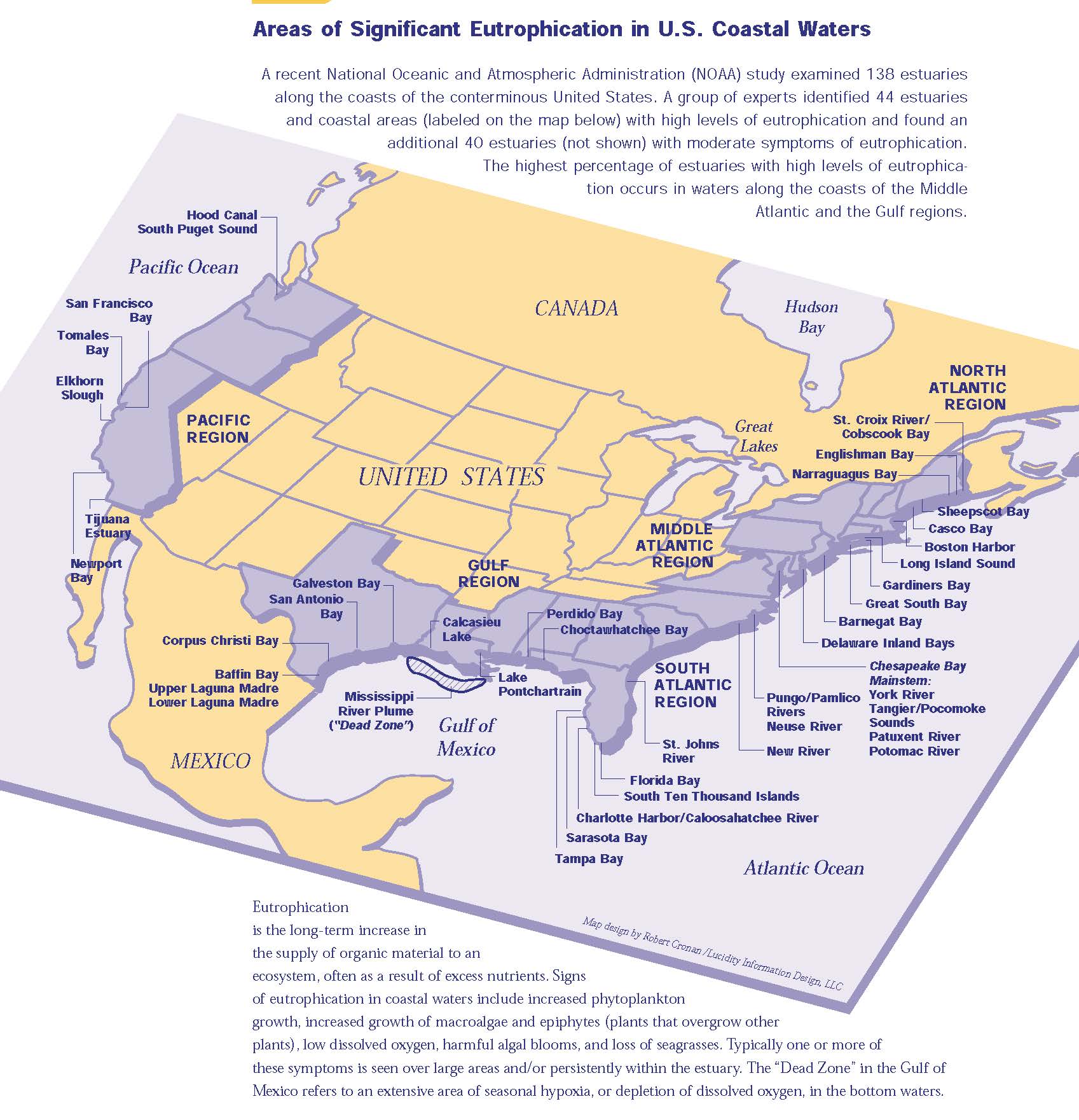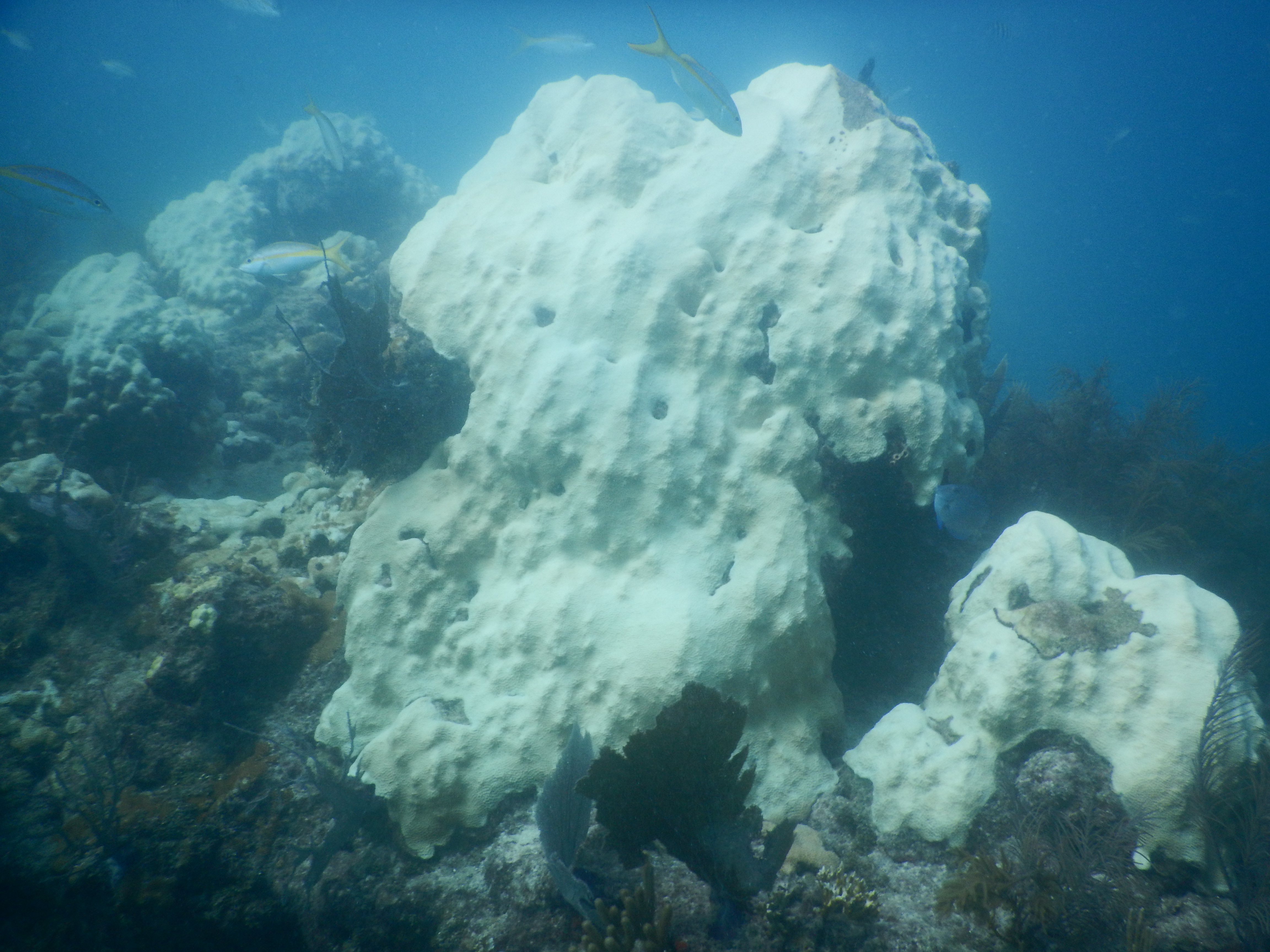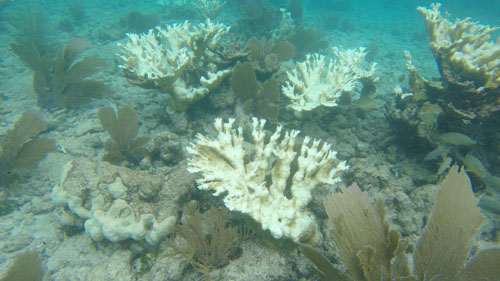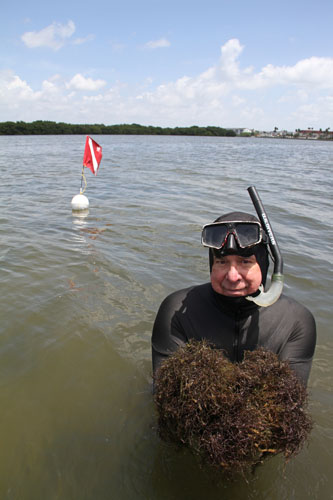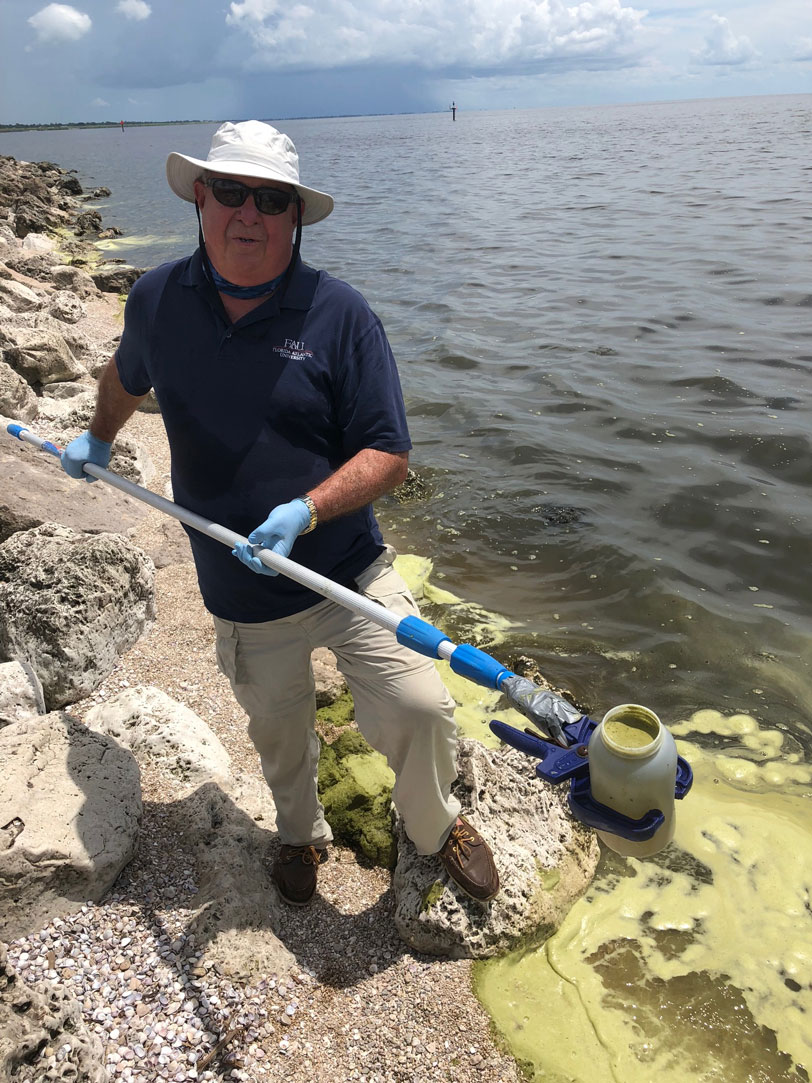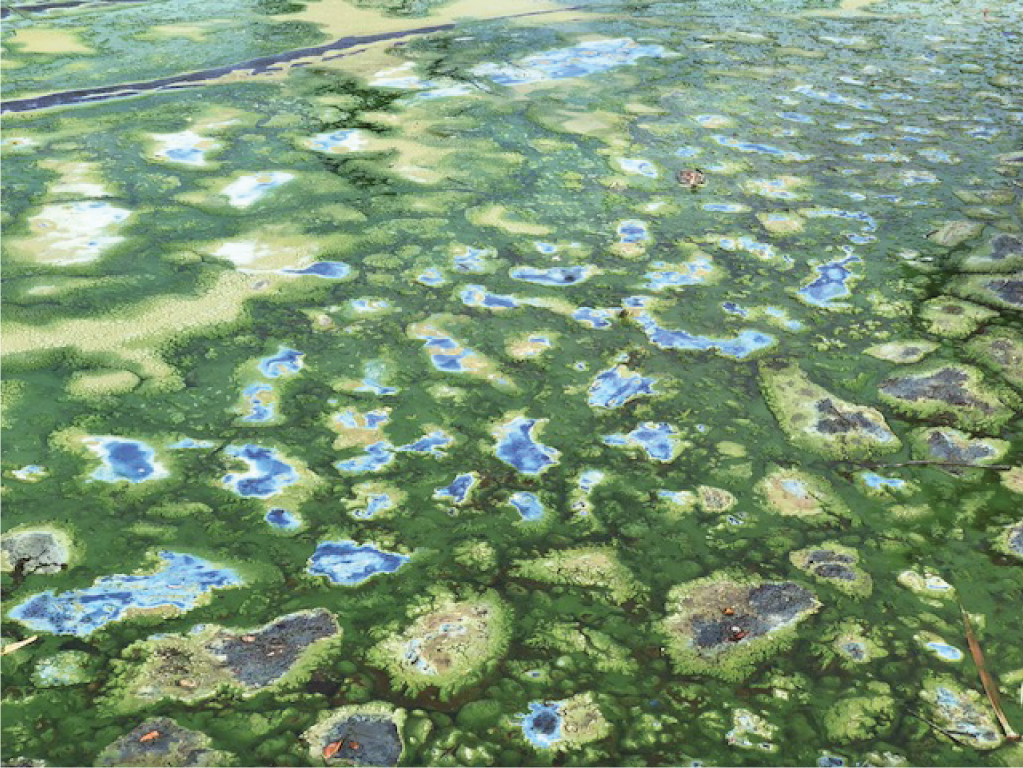Join  as we follow the Nitrogen Trail...
as we follow the Nitrogen Trail...
Population growth throughout Florida has increased the amount of nitrogen pollution flowing into the state’s water, causing worsening algae blooms like we experienced in 2018. The graphic below illustrates the challenges facing different locations throughout Florida and recommends science-based solutions that can help turn our springs, lakes, rivers, estuaries and coastal waters back towards recovery mode. False narratives described below have distracted policymakers from facing the nitrogen pollution problem head-on. Over the past forty years, COAST’s Executive Director Dr. Brian Lapointe has provided peer-reviewed scientific evidence showing how an over-abundance of human-sourced nitrogen is destroying aquatic habitats. Explore the Nitrogen Trail below to discover how COAST’s science and recommended solutions can make all the difference for Florida’s clean water future.











